In the production of terry cloth, how to control the tightness of weft and warp threads to achieve the expected terry height?
In the production process of terry cloth, the tightness control of weft and warp threads is a key technical link that determines the terry height and fabric quality. This process requires not only precise mechanical operation, but also profound knowledge and technical accumulation of textile technology. Our company's knitting factory, with its advanced knitting machinery, professional technical team and strict quality control system, has significant advantages in the production of terry cloth. It can accurately control the tightness of the weft and warp threads, thereby ensuring that the terry height conforms to the It is expected to produce high-quality and diverse terry fabrics.
1. Equipment advantages and technical preparations
Our company's knitting factory is equipped with more than 300 sets of various knitting machines, including circular knitting machines specially used for the production of terry cloth. These machines not only have a high level of automation and intelligence, but also have sophisticated tension control systems, which provide a hardware foundation for precise adjustment of the weft and warp tightness. Before production, technicians will pre-set the tension parameters of the machine according to the design requirements of the terry cloth, such as terry height, fabric density, elasticity, etc., including yarn feeding tension, pulling tension, etc., to ensure smooth operation during the production process. Every aspect can reach its best.
2. Weft thread tightness control
Yarn feeding system optimization: The tightness of the weft thread is mainly adjusted through the yarn feeding system. We use an advanced electronic yarn feeding device that can monitor and adjust the tension of the weft in real time to ensure that the weft maintains constant and appropriate tension during the weaving process. By accurately controlling the yarn feeding speed and yarn feeding amount, fabric stiffness caused by too tight weft threads or fabric relaxation caused by too loose weft threads can be effectively avoided.
Knitting process adjustment: We will make fine adjustments to the knitting process for different terry structures (such as French terry, twill terry, etc.). For example, by changing the knitting pattern, adjusting the gauge and stitch length, you can affect how and how closely the weft threads are arranged in the fabric, which in turn affects the height and appearance of the loops.
3. Warp tightness control
Warp yarn pretreatment: Before weaving, the warp yarn needs to be pretreated, including sizing, drying and other steps to enhance its stretch resistance and abrasion resistance. This process is crucial for controlling the tightness of the warp threads, as good pre-treatment ensures that the warp threads maintain a stable tension during the weaving process and are less likely to break or relax.
Tension control system: Our knitting machines are equipped with an advanced warp tension control system, which can monitor and automatically adjust warp tension in real time to adapt to the needs of different weaving stages. Through precise regulation, it is possible to ensure that the warp threads maintain uniform tension during the weaving process, thereby effectively controlling the height and uniformity of the pile.
4. Precise control of pile height
Matching of needle bed and sinker: The adjustment of pile height also depends on the precise matching of needle bed and sinker. By adjusting the height of the needle bed, the opening size of the sinker, and the stitch length during knitting, the amount of loop yarn pulled out and the height of the loop formed can be directly affected. Our technicians will finely adjust these parameters according to design needs to achieve the ideal terry effect.
Process testing and optimization: In actual production, we will also conduct multiple process tests to continuously optimize the production process by comparing indicators such as pile height, fabric density and elasticity under different parameters. This process not only relies on advanced equipment and technology, but also relies on the rich experience and judgment of technical personnel.
5. Quality control and inspection
After each process, we will conduct strict quality inspection. For terry cloth, in addition to regular appearance inspection (such as whether there are holes, broken threads, color differences, etc.), we will also use professional measuring tools to detect key indicators such as terry height, fabric density, and elastic recovery rate to ensure The product meets the design requirements. For the final products, we will conduct full inspections according to customer requirements and international (U.S.) standards, including but not limited to ASTM and other international standards, to ensure that each batch of products can meet high quality standards.
In the production of terry cloth, our company's knitting factory uses advanced knitting machinery, a professional technical team, a fine tension control system and a strict quality control system to achieve precise control of the weft and warp tightness, thereby ensuring The desired pile height is achieved. This ultimate pursuit of technical details not only improves the quality and competitiveness of our products, but also wins us widespread praise from customers at home and abroad.



 English
English 한국어
한국어 中文简体
中文简体
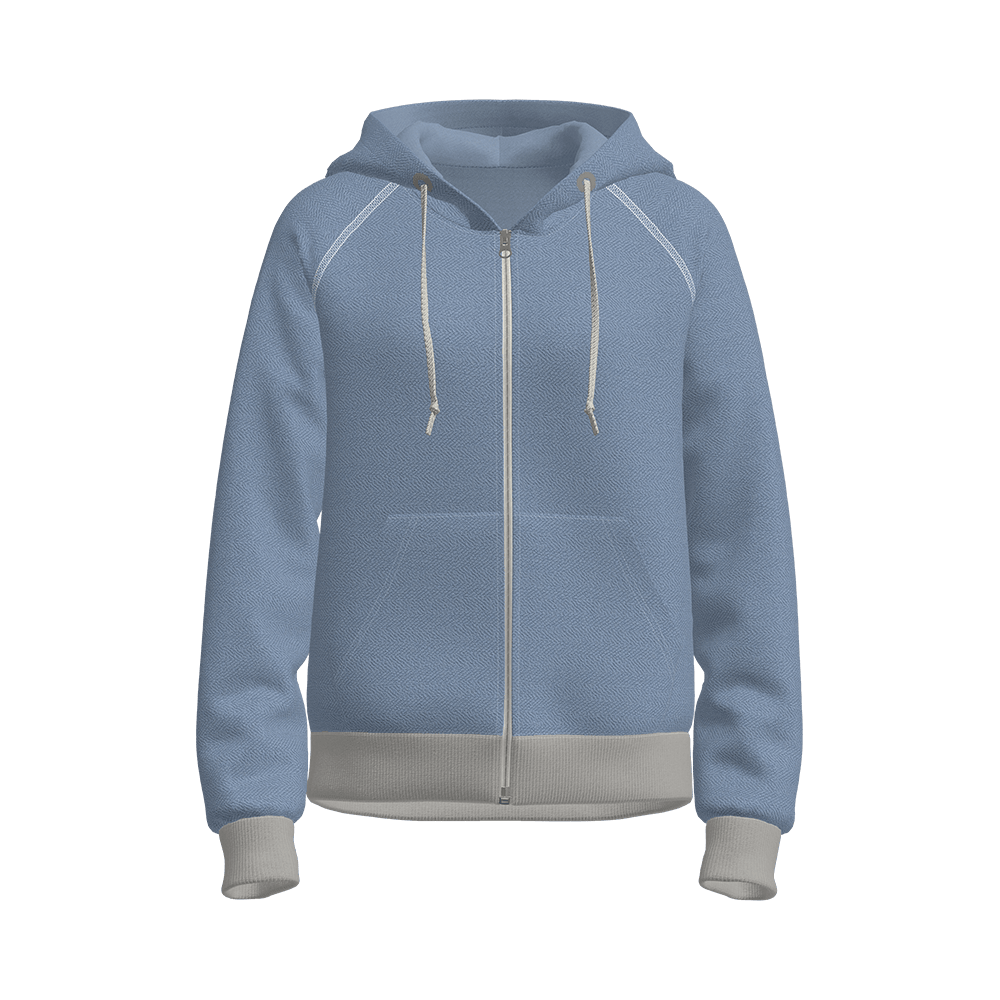


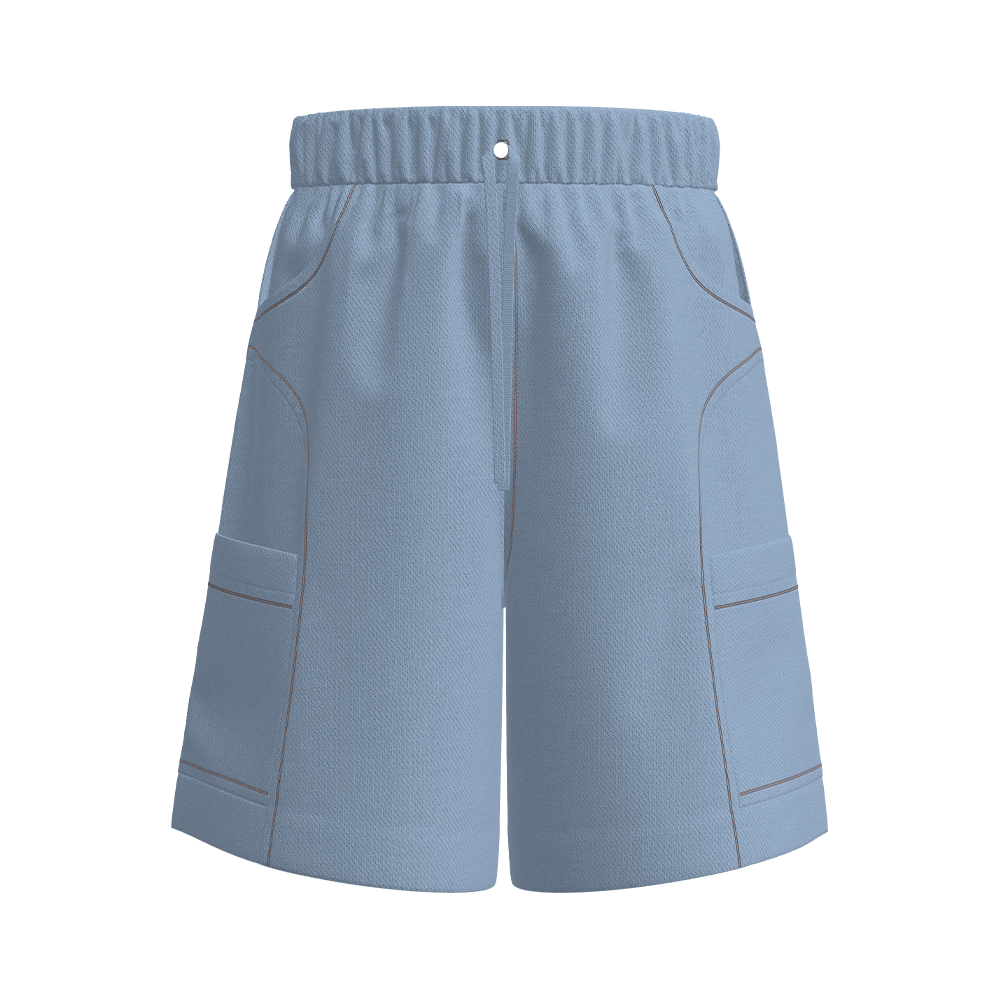

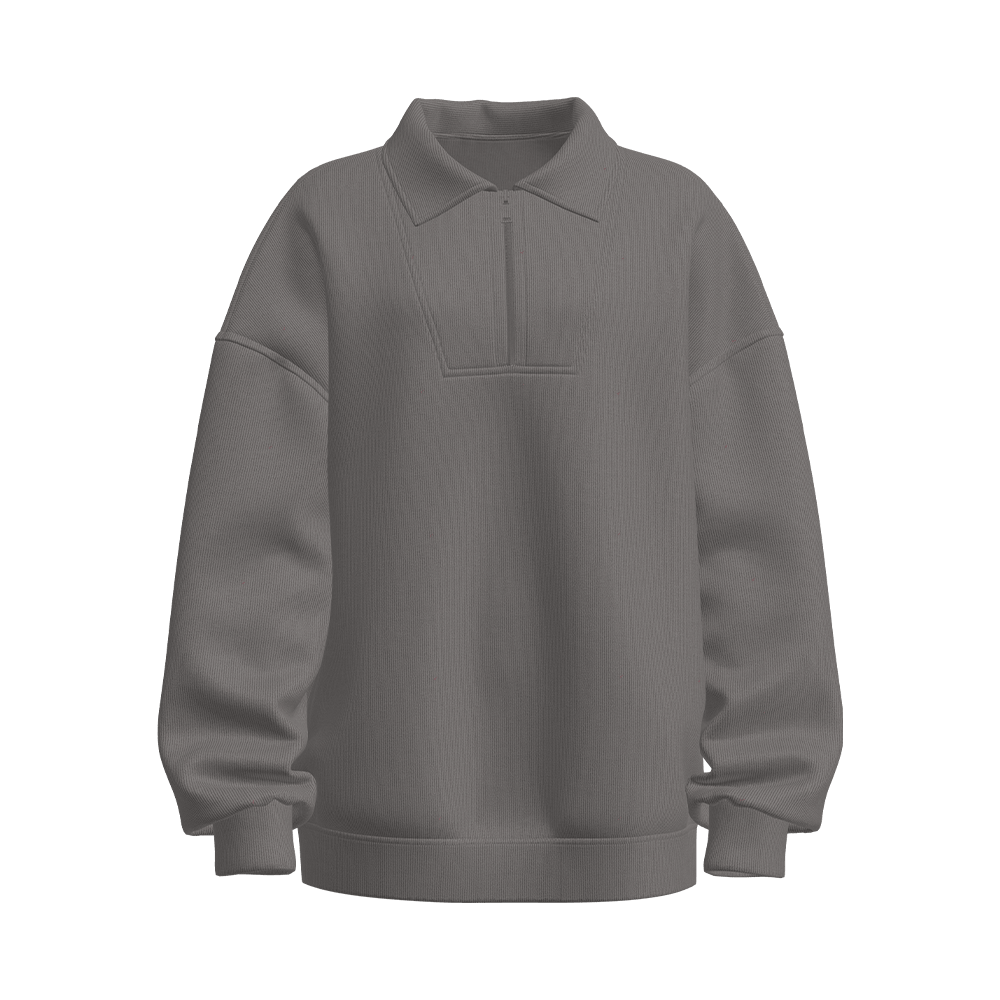










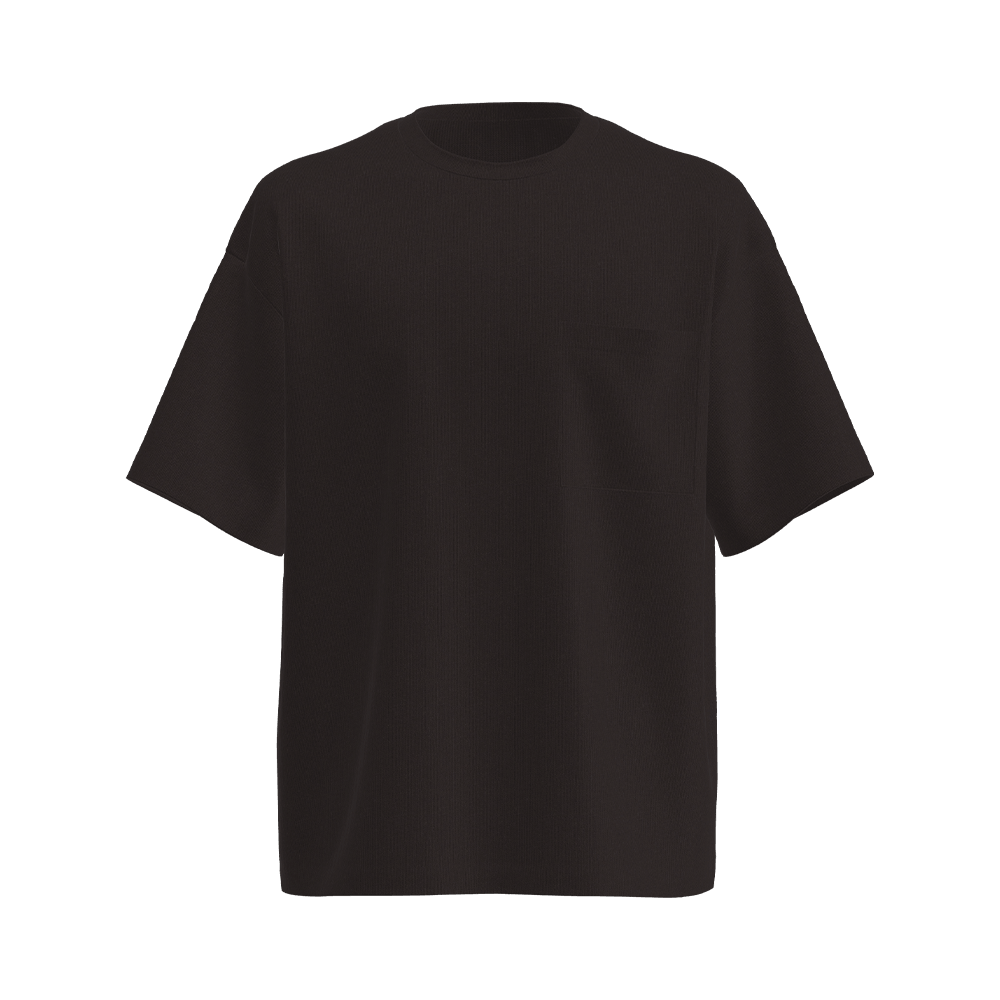
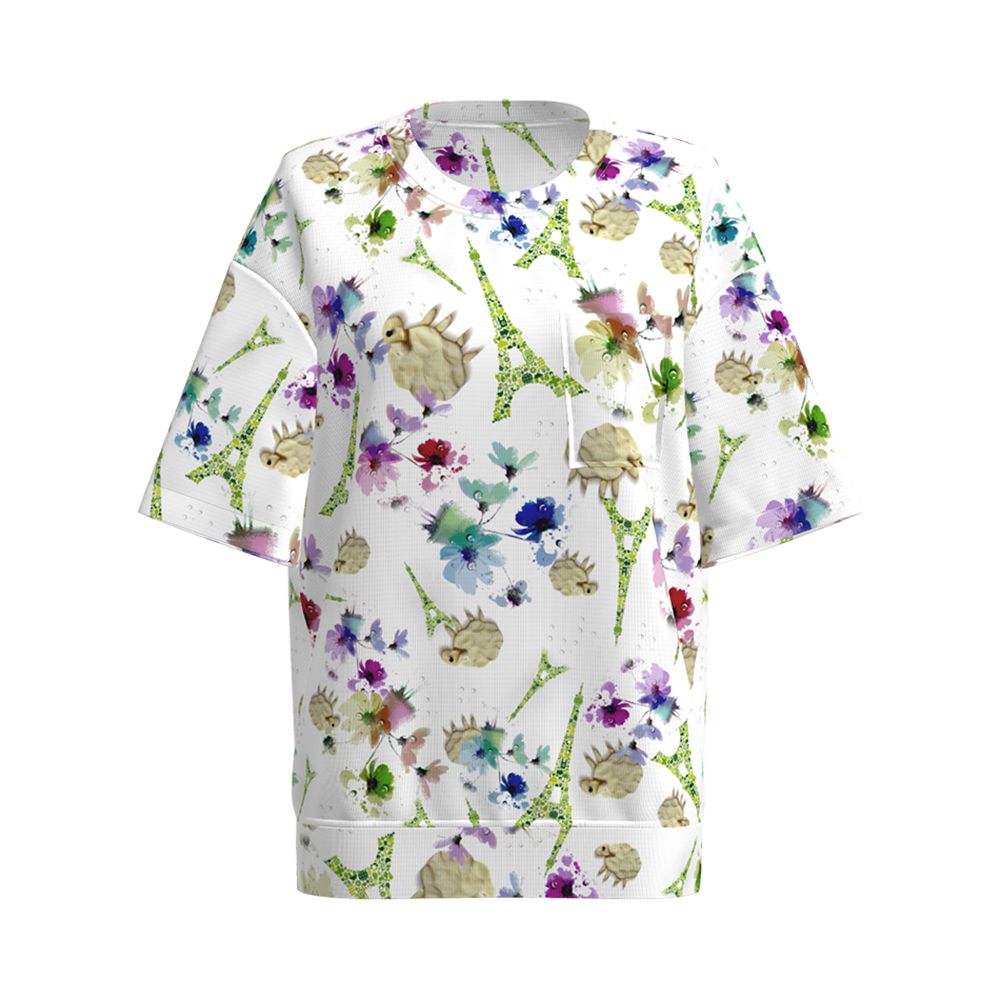




 +86-512-52528088
+86-512-52528088 +86-512-14546515
+86-512-14546515

